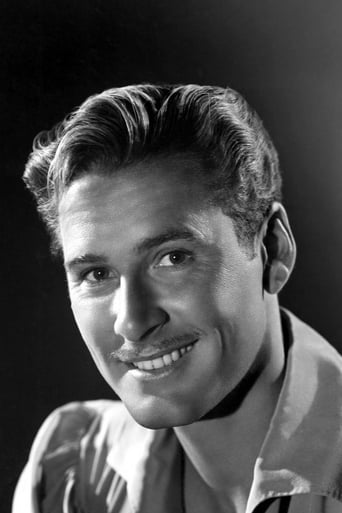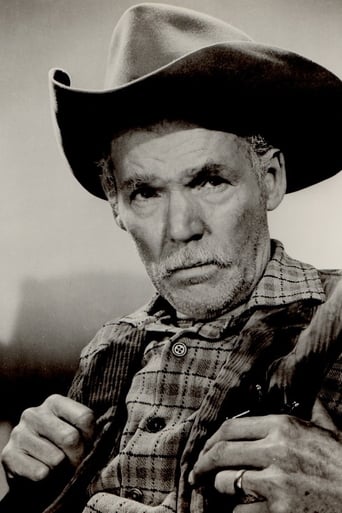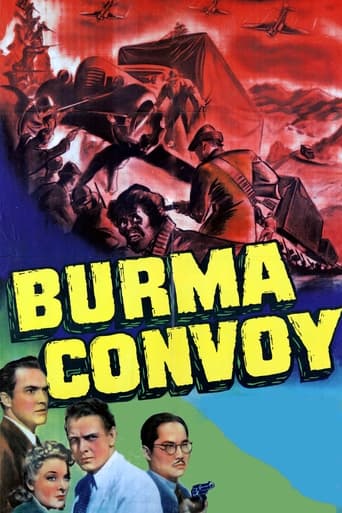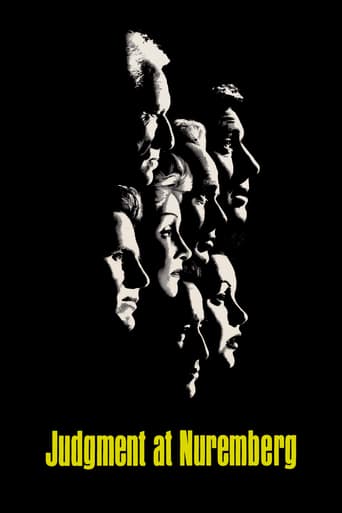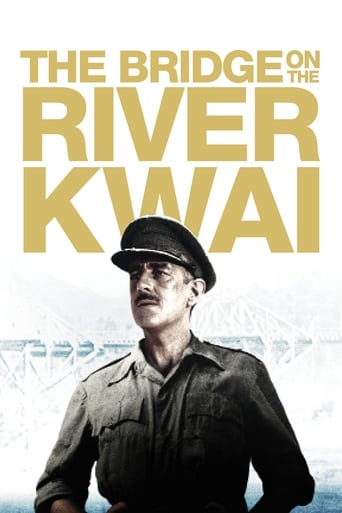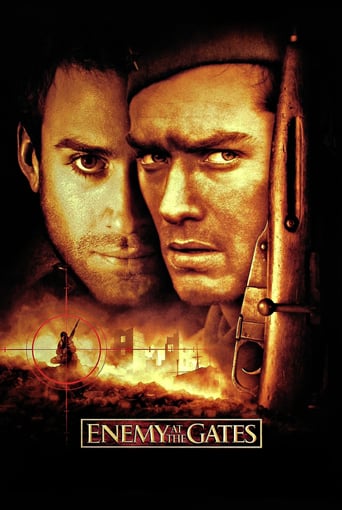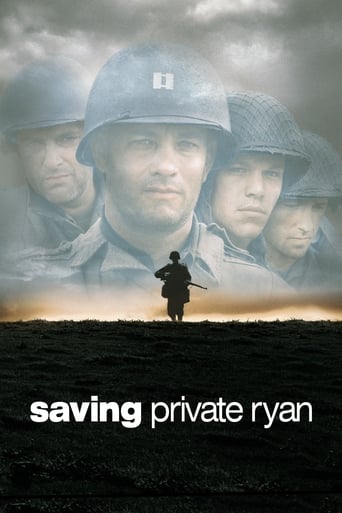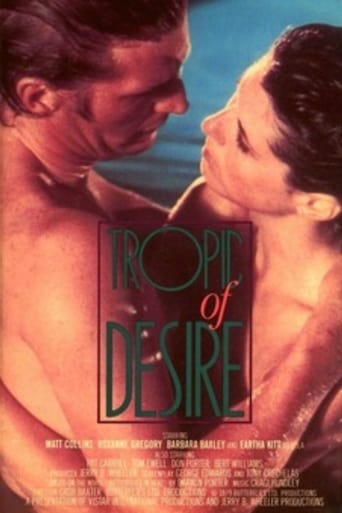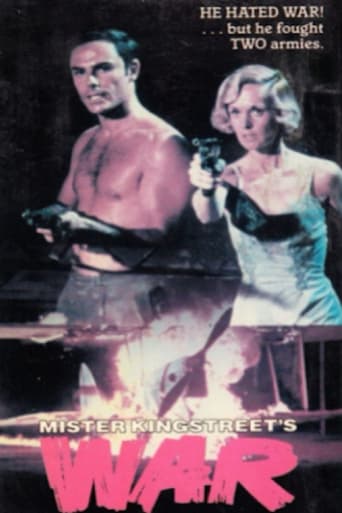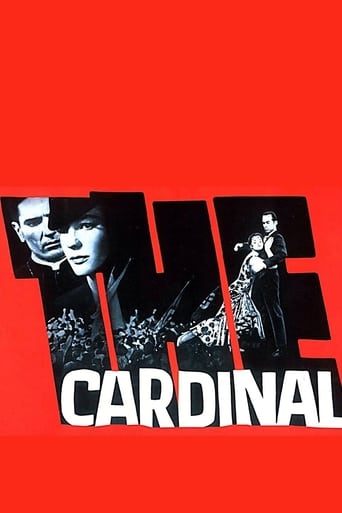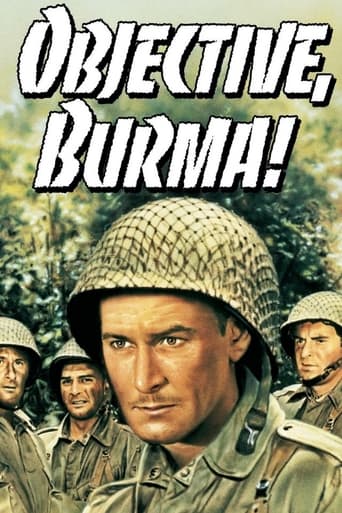
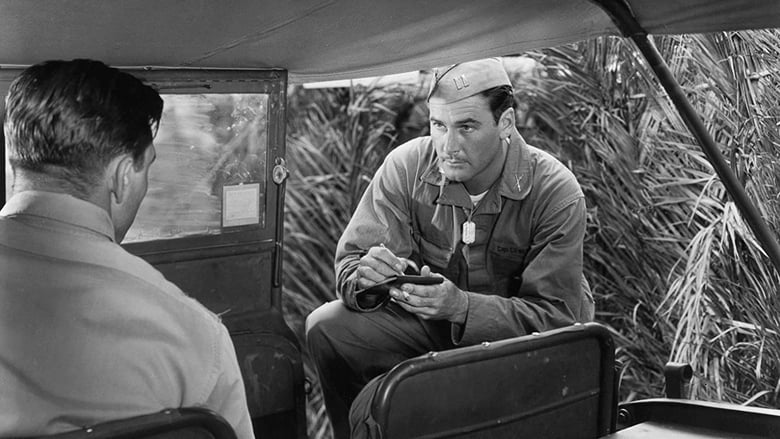
Objective, Burma! (1945)
A group of men parachute into Japanese-occupied Burma with a dangerous and important mission: to locate and blow up a radar station. They accomplish this well enough, but when they try to rendezvous at an old air-strip to be taken back to their base, they find Japanese waiting for them, and they must make a long, difficult walk back through enemy-occupied jungle.
Watch Trailer
Cast
Similar titles
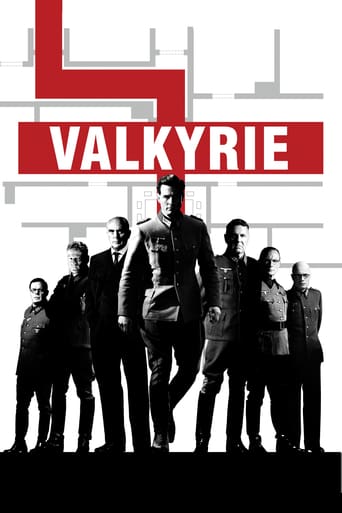
Reviews
Just perfect...
Admirable film.
A clunky actioner with a handful of cool moments.
Through painfully honest and emotional moments, the movie becomes irresistibly relatable
Flynn as the leader of a secret paratrooper patrol, deep in Japanese-controlled Burmese jungle, to take out a radar station, to facilitate the success of an anticipated air offensive. First, I will note an obvious connection between this screenplay and that of the prior "Northwest Passage", which also deals with a very dangerous march by Americans, through the forested wilderness, from New England to Canada and back, 2 centuries earlier. In both films, the troopers have a distant specific objective to destroy, which they succeed in doing. However, their expected pickup by plane or provisioned safe haven doesn't materialize, leading to much depression and suffering. They face potential starvation at times on the return trip, as well as constant threat of attack. In both, on the return trip, the leader decides to split the group in two to reduce the chance of detection, the one not including the prime commander being ambushed and nearly all tortured and killed. But, in both, eventually, their deliverance is accomplished for the survivors. I rate "Northwest Passage" as somewhat more entertaining, being my favorite Spencer Tracy film, which was shot in Technicolor, rather than the B&W of the present film.In contrast to most of his prior 'period' films, Flynn plays it straight, grimy and sweaty throughout the film., based on very contemporary WWII happenings. Very unusually, there are no women in this film, hence no budding romance angle. The humor is limited to small talk and personal eccentricities, with the character actors, rather than Flynn, providing nearly all the humor. Henry Hull, as a reporter included in the mission, serves as Flynn's special confident for part of the film, until he dies of exhaustion.The use of mostly real WWII equipment and gear should be commended, most being readily available. I was not aware that gliders were used in this war theater, but consultation with a history source confirmed this. Clearly, the moderately-sized USAAF CG-4A glider was the main type used in this rescue/mass air offensive combo, it being shown delivering jeeps and small artillery, as well as troops. After WWII, advanced helicopter's would take over this role. In the parting shot, the survivors leave in one of these gliders, most of which were assumed to be damaged beyond future usefulness, after the rough landing of their maiden flight. Amazingly, their C47 puller is shown somehow hooking onto the glider towline, pulling it aloft, without landing! One wonders why gliders weren't used, instead of parachutes, in the original landing, where forest clearings were rare and small. No doubt, because a glider would be impossible to hide, whereas the parachutes were promptly buried. One character suggested that they would be jumping at a mere 300 feet altitude, to avoid some being scattered into the forest and to avoid radar detection. I didn't think this very low altitude jump was possible, but an internet source claimed some jumps during WWII were even lower! Actually, the claim that the radar installation couldn't be seen in aerial photographs nor by bomber crews, hence necessitating a paratrooper hunt, looks made up! The installation clearly looked to be in plane view from the air(pun unintended).The film includes some shots here and there clearly taken from actual combat footage, adding to the realism. However, believe it or not, all studio filming took place within the greater L.A. area, including realistic-looking tropical jungle, swamps, and rivers. During the long periods of sneaking through the dense foliage and wading across rivers, we often hear various animal sounds, most recognizably, the Australian kookaburra. Director Walsh had made many silent films, thus was good at directing the long periods with little or no conversation. Although the implication is that the Japanese were the only enemy in Burma, in fact, neighboring Thais, and troops of Burmese and Indian independence advocacy groups were also allied with the Japanese in parts of Burma. Also, although the film focuses on US operations, forces of the British Empire played the dominant role in trying to oust the Japs from this British colonial country. This includes the dramatized air armada near the film ending, which is shown as an American invasion. Thus, this film was soundly criticized in the UK and soon withdrawn from distribution there. For a period, the dominant interest of the US in Burma had been to use it as a launching pad for B29s to bomb the Japanese homeland and China-located installations. However, it was discovered that the B29 engines were prone to failure at the high altitudes over the mountains between. Eventually, captured Pacific islands provided much closer air fields for B29 bombing of Japan.This is arguably the best of Flynn's several WWII-related films made during the war, although it may be too long, with too many silent stretches of walking or waiting. It's also the only one not scripted as taking place in Europe. The prior "Desperate Journey" also involved a lengthy sojourn in enemy territory, but was partly a farce, ridiculing the Nazis.Ironically, Flynn was rejected for active service, due to several ongoing or potential health problems. During shooting, he sometimes was unable to perform, due to one health problem or another. Also, freaky summer weather often prevented shooting.
This is just about the best American war film I've ever seen.It has great tension and suspense and could easily be shown to a modern audience today if only the black and white thing could be got over.Flynn is superb as the leader of a platoon in a very simple story of a group of men who are detailed to go into Japanese occupied Burmer on a mission and there struggle to return back to base.Most films of this era have awfully abvious studio stage set ups with lots of echoey speech and blowing up of models.I suppose this film does belong to its film making era to some extent eg some docu war footage inserted etc but even so the film is so good it does draw the viewer in so much so that the burmese settings become realistic.When it comes right down to it any film will succeed with good acting, great characters, atmostpheric music and with tight fast moving direction when needed and suspense as here shown in abundance by the great Raoul Walsh.If you like a war story instead of a war film this is recommended...
Errol Flynn leads his men in "Objective, Burma!" a 1945 war film also starring James Brown, William Prince, George Tobias, and Henry Hull. Flynn, as Captain Nelson, is charged with parachuting his regimen to Burma and disabling a camouflaged Japanese Army radar station that is detecting Allied aircraft flying into China. An older war correspondent (Henry Hull) accompanies them. Unfortunately, once they were in Burma, getting out became much more difficult.There's something about Errol Flynn war movies that invites controversy, and this one is no exception. The film was withdrawn from release in the United Kingdom after one week because it infuriated British Prime Minister Winston Churchill and drew protests about the Americanization of an almost entirely British, Indian and Commonwealth conflict.That aside, it's actually quite a good movie with a very authentic feel, even though it was filmed in Hollywood. Actual weapons, uniforms, and gear came from the military, which added to the reality of the atmosphere.Errol Flynn does a terrific job as Nelson, a man who is an excellent soldier and leader but who also inspires loyalty among his men. One of the actors seemed very familiar to me, and he turned out to be James Brown, who starred in The Adventures of Rin Tin Tin when I was growing up.There's both triumph and tragedy in this absorbing film. Another reminder on Memorial Day of what servicemen suffered. Except in this case, they were from other countries besides the U.S. in reality.
Errol Flynn (who I am most familiar with as a swashbuckling swordsman type) offered a totally convincing performance here as the commander of a group of American commandos sent behind enemy lines into Burma to blow up a Japanese radar station in preparation for an allied invasion of the country during World War II. At about the one hour mark of the movie you begin to wonder what's happening. Everything seems to be far too easy for the Americans. They get into Burma with no trouble; they blow up the radar station quickly and easily (and kill a bunch of Japanese soldiers in the process) and they quickly get away to the rendezvous point where they're to be picked up by an American plane - and they do all this without suffering a single casualty. And yet, it's the very easiness of the mission that begins to build the tension. You know it can't be this easy; you know something has to happen - which it finally does. The plane that's supposed to pick them up can't land because there are too many Japanese around, and the men are forced to try to find their way out of Burma and back to their base on foot - an increasingly hopeless task as they deal with hunger, the jungle, and the Japanese.The climax of the movie probably begins when Nelson (Flynn) orders the squad to split into two and meet up later. The second group gets captured, and when Nelson finally finds them, he discovers that they've been horribly massacred in a Japanese-held village. Nothing of the massacre is shown (which makes it all the more horrific to the viewer, because it's all left to your imagination) but we get a taste when they discover Lt. Jacobs (William Prince) still barely alive. He begs Nelson to kill him just before he dies, making you wonder what's happened to him. That was a very brief but very powerful scene.I would describe this movie as tense rather than exciting in the standard way, and the tension is built very well. I'm not tremendously fond of war movies, but I liked this because the emphasis wasn't so much on never-ending battle, but was rather on the human story of these soldiers and how they dealt with their seemingly hopeless situation, and with the prospect of dying in the jungle and never seeing home again.

